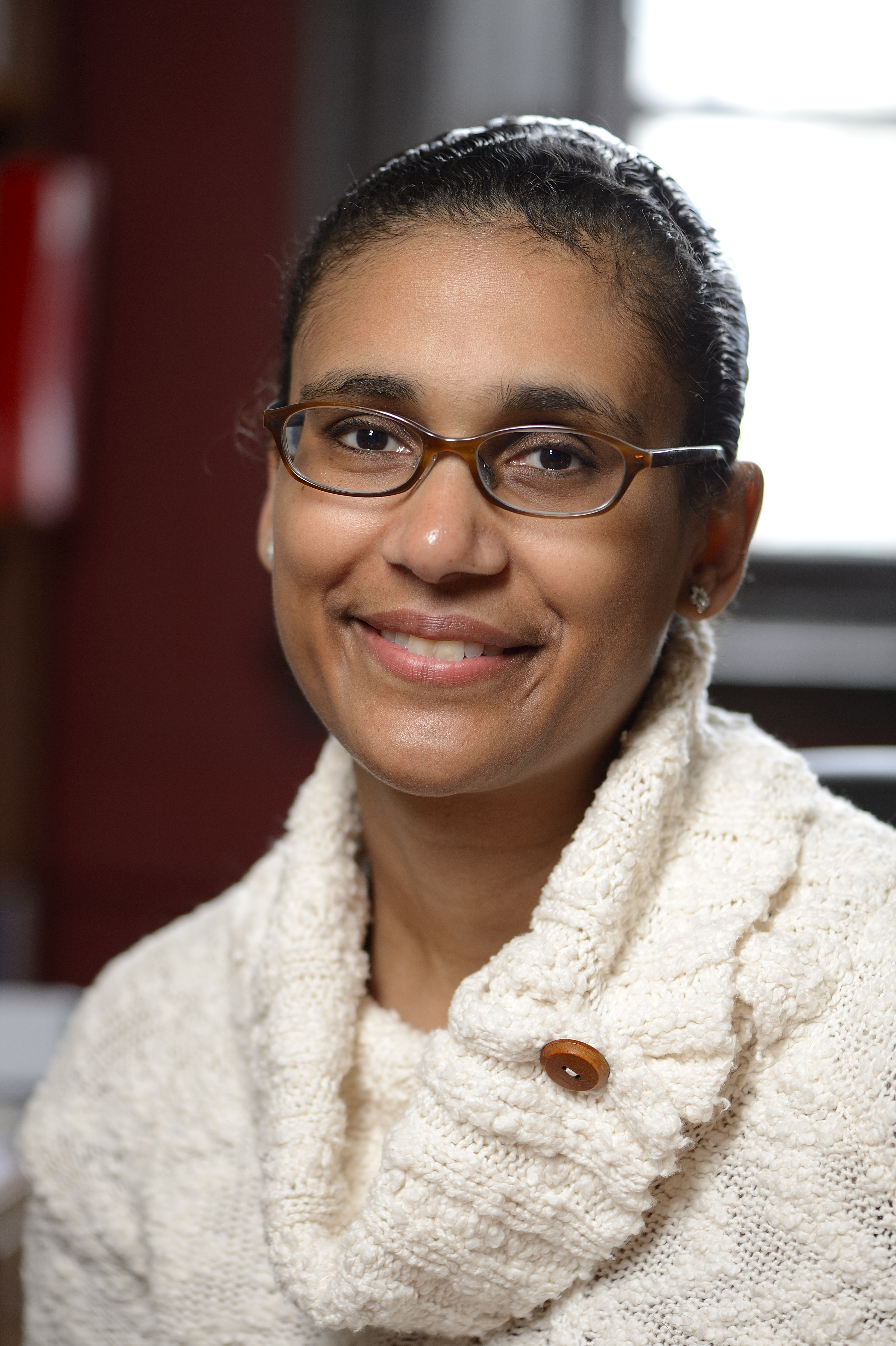 Submitted by Dennice Gayme on March 31st, 2016
Submitted by Dennice Gayme on March 31st, 2016
Smart grid includes two interdependent infrastructures: power transmission and distribution network, and the supporting telecommunications network. Complex interactions among these infrastructures lead to new pathways for attack and failure propagation that are currently not well understood. This innovative project takes a holistic multilevel approach to understand and characterize the interdependencies between these two infrastructures, and devise mechanisms to enhance their robustness. Specifically, the project has four goals. The first goal is to understand the standardized smart grid communications protocols in depth and examine mechanisms to harden them. This is essential since the current protocols are notoriously easy to attack. The second goal is to ensure robustness in state estimation techniques since they form the basis for much of the analysis of smart grid. In particular, the project shall exploit a steganography-based approach to detect bad data and compromised devices. The third goal is to explore trust-based attack detection strategies that combine the secure state estimation with power flow models and software attestation to detect and isolate compromised components. The final goal is to study reconfiguration strategies that combine light-weight prediction models, stochastic decision processes, intentional islanding, and game theory techniques to mitigate the spreading of failures and the loss of load. A unique aspect of smart grid security that will be studied in this project is the critical importance of timeliness, and thus a tradeoff between effectiveness of the mechanisms and the overhead introduced. The project is expected to provide practical techniques for making the smart grid more robust against failures and attacks, and enable it to recover from large scale failures with less loss of capacity. The project will also train students in the multidisciplinary areas of power systems operation and design, networking protocols, and cyber-physical security.